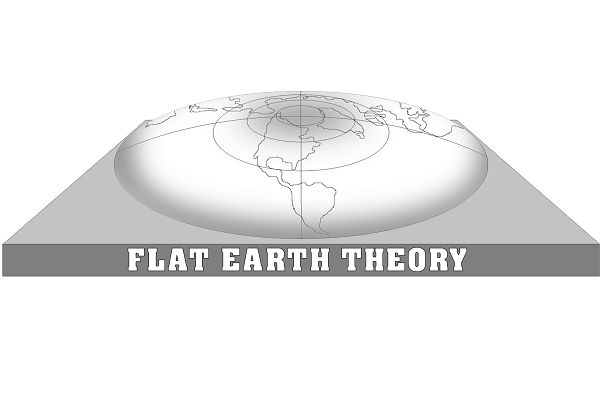
Tiny magnetic bits from air pollution have been observed for the first time to remain in the human brain.
Researchers have found serious quantities of possibly toxic magnetic nanoparticles in the human brain, inducing the fear that these could cause brain diseases like Alzheimer’s. These tiny magnetic bits from air pollution have for the first time been observed to remain in the human brain.
Lancaster University specialists saw abundant magnetite nanoparticles in the brain membrane of 37 people aged three to 92-years-old from Manchester and Mexico City. The toxic magnetic mineral is involved in the creation of reactive oxygen species (free radicals) in the human brain. They are highly connected to neurodegenerative illnesses.
Lancaster Environment Centre professor, Barbara Maher and some of her colleagues from Mexico City, Oxford, Manchester, and Glasgow utilized spectroscopic investigation to distinguish the particles as magnetite. Contrary to angular magnetite that is supposed to form frequently within the brain, the 150 nm spherical particles that the scientists observed were typical of a high-temperature formation such as from open fires or automobile (mostly diesel) engines.
The toxic magnetite particles disturb normal cellular roles in the brain by inducing oxidative stress and producing unstable free radicals – bits which damage essential constructions in brain cells.
More recent studies have found an association between high quantities of magnetite and the Alzheimer’s disease, although no explicit connection has been confirmed.
Unfortunately, every year more than three million premature deaths occur due to air pollution, according to the World Health Organisation.
It is estimated that in U.K alone, 50,000 individuals die annually due to air pollution, and more than 520,000 are assumed to suffer from Alzheimer’s, a common form of dementia.
The co-director of the Centre for Paleomagnetism and Environmental Magnetism at Lancaster University, Barbara Maher, mentioned that the magnetite nanoparticles from the atmosphere could access the human brain.
By doing so, they are known to affect people’s health, including generating diseases such as Alzheimer’s. She also stated that when analyzing the human brain and doing a magnetic extraction she discovered millions of particles in just one gram of brain tissue. The millions of particles represent millions of o opportunities to harm the human body.
However, it’s too early to confirm that the particles could influence Alzheimer’s disease or any other kind of brain illness and scientists believe that more studies need to be made.
Image source: Pixabay
Latest posts by Karen Jackson (see all)
- Intoxicated South Carolina Man Punches Waitress Who Refused to Serve Him Alcohol - June 29, 2018
- Restaurant Manager Arrested and Charged in Shooting Death of Co-Worker over Negative Yelp Reviews - June 20, 2018
- Minnesota Teen Gets Head Stuck In Oversized Tailpipe Winstock Music Festival - June 18, 2018









